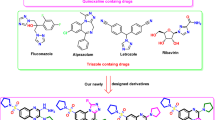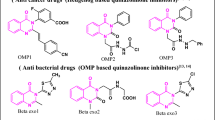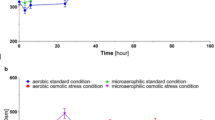Abstract
IT has recently been shown that in mohair fibres the fifth order of the 198 Å pseudo repeat (39 Å reflexion) is intensified when the ε-amino groups of lysine residues are acylated with 3,4,5-triiodobenzoic acid p-nitrophenylester1. Particularly high yields of acylated ε-amino groups were obtained when dimethylsulphoxide was used as reaction medium. A sample of mohair which had been treated for 24 h at 40° C in this solvent, however, showed a somewhat diffuse X-ray pattern. We therefore looked for a reaction medium which did not cause structural distortion of the α-keratin and which gave high yields of acylated ε-amino groups.
Similar content being viewed by others
Article PDF
References
Heidemann, G., and Halboth, H., Nature, 213, 71 (1967).
Matyash, L. P., and Stepanov, V. M., Izv. Akad. Nauk. SSR, Ser. Khim. 111 (1964).
Author information
Authors and Affiliations
Rights and permissions
About this article
Cite this article
SPEI, M., HEIDEMANN, G. & HALBOTH, H. Further X-ray Evidence of Regularly Distributed Lysine in α-Keratin. Nature 217, 247 (1968). https://doi.org/10.1038/217247a0
Received:
Published:
Issue date:
DOI: https://doi.org/10.1038/217247a0
This article is cited by
-
Neuere Anschauungen über die Einlagerung von anionischen Tensiden in Faserkeratine
Colloid and Polymer Science (1983)
-
Der Einfluß von anionischen Tensiden auf die Röntgenkleinwinkeldiagramme von Faserkeratinen
Kolloid-Zeitschrift & Zeitschrift für Polymere (1970)



